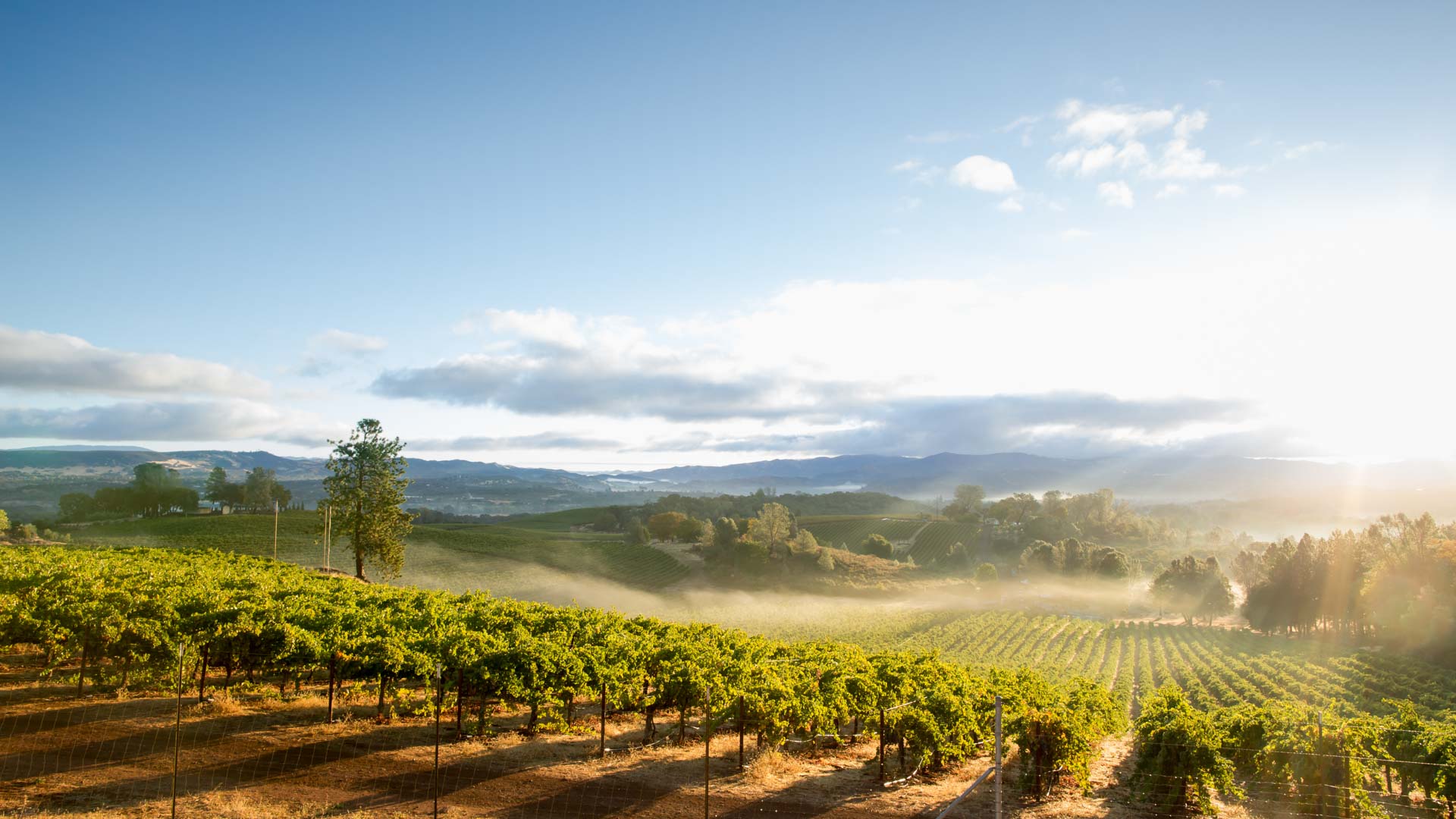Five islands off the Southern California coast comprise one of America’s most undeveloped—and utterly magical—national parks. Known as the “Galapagos of North America,” this unblemished emerald chain—you won’t find any restaurants, lodgings, or stores here—offers hiking, kayaking, and rugged camping, plus a wide array of endemic plants and native wildlife to observe, including whales. Visitors can choose to arrive at any of the Channel Islands National Park islands via an Island Packers boat, which depart daily from Ventura and Oxnard. (Map; ferry service to Anacapa and Santa Cruz islands is available year-round; service to the other three is seasonal.) To reach Santa Rosa Island, another option is to hop on a small plane from Camarillo with Channel Islands Aviation. Once there, you’ll be obliged to get around on foot or via kayak. There’s no driving here.
Each of the islands—Anacapa, Santa Rosa, San Miguel, Santa Cruz, and Santa Barbara—has its own distinct geography and assets.
Anacapa Island
Anacapa, the closest island, is just 14 miles from the mainland and takes about an hour by boat. Home to the much-photographed Arch Rock and a historic 1932 lighthouse, the last permanent one built on the West Coast, Anacapa actually consists of three islets. Boats land at the smallest islet, where a 2-mile trail leads to dramatic overlooks at Inspiration Point and Cathedral Cove; from the sea cliffs, you can peer at harbor seals and sea lions along the shore, as well as kayakers paddling to some of the island’s 30 sea caves. On calm days, you can swim and snorkel at the landing cove, where you’ll look eye-to-eye with bright orange garibaldi fish and giant sea kelp. Or you can view it all from a boat, on a non-landing wildlife tour, that passes by the sea lion rookery, Arch Rock, and the lighthouse.
Santa Rosa Island
The second-largest of the Channel Islands, Santa Rosa is riddled with evidence of former inhabitants, both human and prehistoric. The most complete fossil skeleton of an ancient, once-endemic pygmy mammoth was found here, and numerous archeological sites of the Chumash, who lived here for tens of thousands of years until 1820, have shined a light on how they lived. Also present are fence lines of long-gone ranchers and remnants of military installations.
San Miguel Island
Remote San Miguel Island boasts the largest pinniped (aquatic carnivorous mammals with flippers) rookery in the world. Sometimes 30,000 animals congregate at Point Bennett, making it one of the largest concentrations of wildlife on Earth. Vast Santa Rosa Island is home to a rare stand of Torrey pines. Most people who venture to Santa Rosa camp at Water Canyon Campground, a short distance from a gorgeous stretch of beach.
Santa Cruz Island
Endemic island foxes live on several islands, but they’re most commonly seen on Santa Cruz Island, where a captive breeding program saved the furry gray- and rust-colored carnivore from extinction. (Since island foxes hunt during the daytime, they’re fairly easy to spot.) With Painted Cave, the longest sea cave in North America, and Diablo Peak, which rises to 2,450 feet, Santa Cruz is a diverse destination. Not surprisingly, the hiking is excellent. From primitive Scorpion Canyon Campground (31 sites), make the 1.2-mile roundtrip trek for the views from Cavern Point. Or for a longer outing, try the 7-mile hike to the secluded beach at Smuggler’s Cove. Island Packers offers a view of the Painted Cave on the return home from their trips to Santa Rosa Island, as well as visits to the cave that then land ashore for a visit to Prisoners Harbor, on the island’s north coast.
Santa Barbara Island
Want to get away from it all? Lonely and tiny Santa Barbara Island lets you explore its compact land mass along 5.5 miles of trails that travel across rolling grasslands and Signal Peak. The island’s highest point may be modest in elevation but delivers spectacular 360-degree views. Transportation to the island is limited, with only a few trips per month from spring through fall.
Channel Islands National Park Hiking and Plant Life
The most spectacular views from the Channel Islands are of rugged landscapes and ocean vistas. Popular hikes include Scorpion Bay to Cavern Point, El Montañon Peak, and Smuggler’s Cove Loop, all offering sweeping seaside views. However, some of the park’s loveliest scenery lies right at your feet—specifically, the colorful wildflowers. Many of the plants have adapted to the islands’ dry climate, meaning you can find blooms nearly year-round. In June and July, look for gumplant, buckwheat, poppies, and verbena. Anywhere from January through April, you might witness the giant coreopsis or “tree sunflower.” In exceptional years, the bushy yellow flowers bloom so prolifically on Anacapa Island that their glow can be seen from the mainland.
Channel Islands National Park Wildlife
The islands also provide ample opportunity for wildlife sightings. In addition to the foxes, seals, and sea lions, you can count on seeing any of dozens of species of seabirds and shorebirds who use the islands as their nesting ground. Visitors also often spot pods of dolphins bounding through the surf.
The geography of Channel Islands means that one of the best ways to get around—and to see marine life up close—is by kayak. Santa Barbara Adventure Company offers guided experiences to Prisoners Harbor, leading intrepid paddlers to secluded beaches and sea caves often occupied by barking sea lions. Boat trips from Santa Barbara to the aforementioned Painted Cave, where participants then transition to kayaks to explore the cave, are available with the company as well, on a less frequent basis. Another option is Channel Islands Kayak Center, where you can rent gear for a DIY adventure or book a guided island cave tour.
All destinations in Channel Islands National Park are not accessible at all times due to seasonal wildlife conservation efforts.
Channel Islands National Park address:
Ventura, CA 93001
Phone: 805.658.5730
